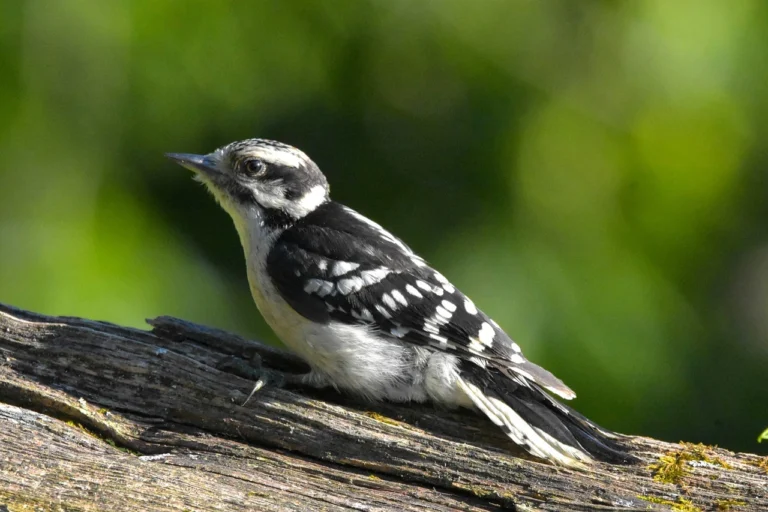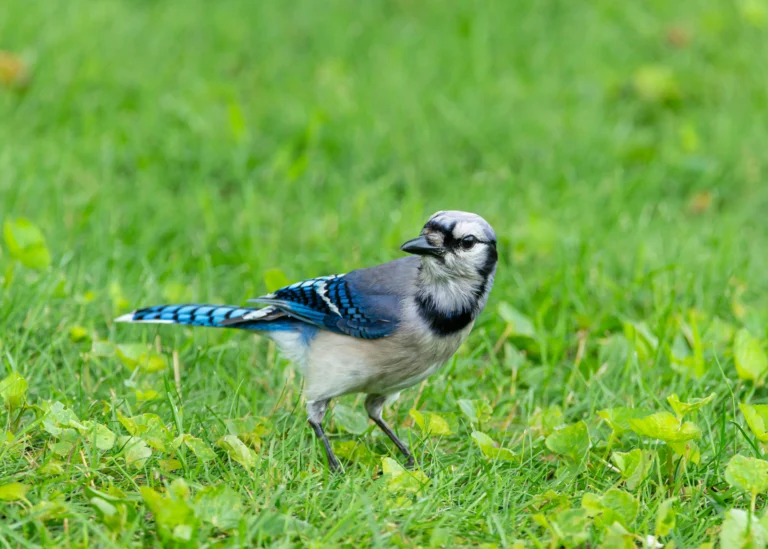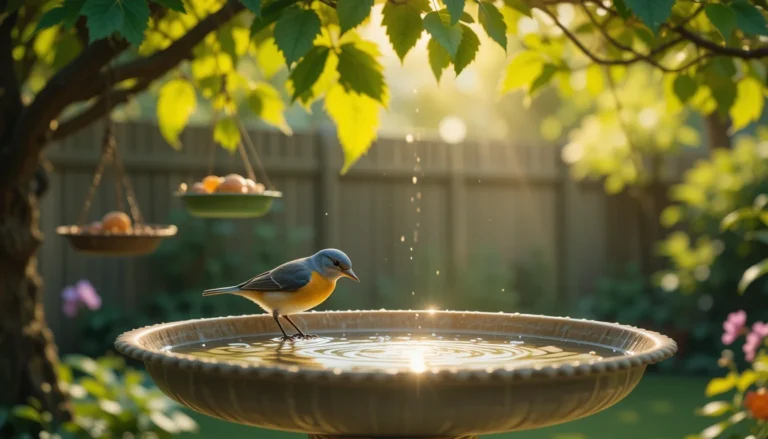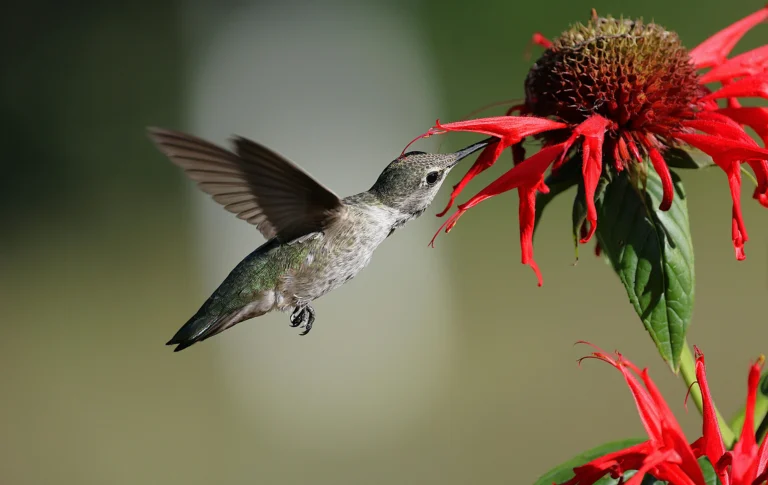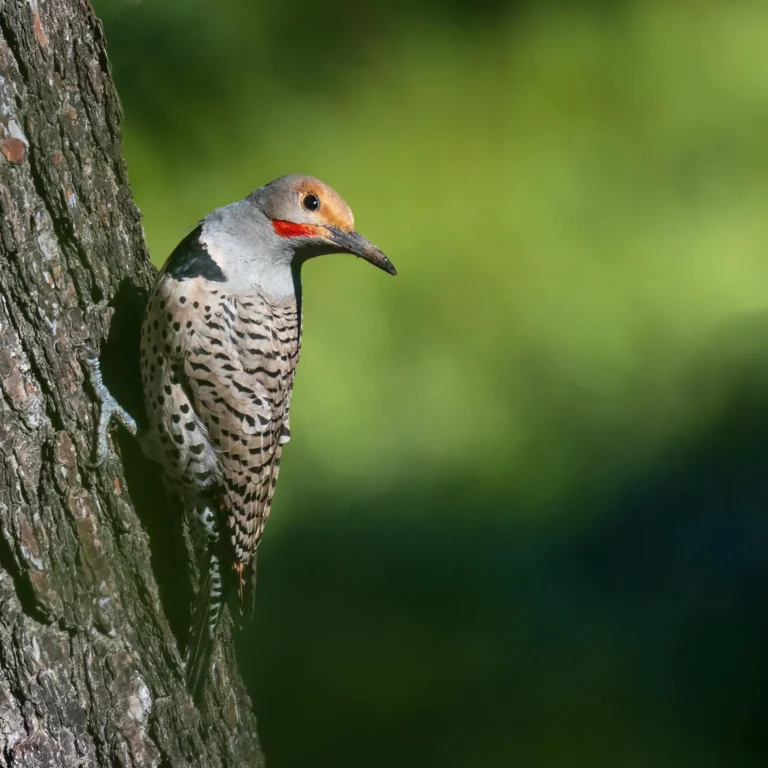Adding a birdhouse to your backyard not only enhances natural beauty but also supports local bird populations. However, simply hanging it on a branch isn’t enough. The success of a birdhouse depends heavily on its placement, mounting style, and suitability for specific bird species.
Different options like hanging bird houses, pole-mounted bird houses, and tree-mounted bird houses each have unique benefits depending on the environment and the birds you want to attract, such as bluebirds, wrens, or chickadees. Proper height, direction, and protection from predators and harsh weather are also important factors that influence Bird House Placement. Choosing the right setup ensures a safe, inviting space for birds while offering a more rewarding birdwatching experience.
Importance of Bird House Placement
Birds are instinctively selective about where they nest. Just like we choose safe, comfortable homes, birds do the same. A poorly placed bird nest box may stay empty all season—or worse, become a trap for predators.
Proper placement ensures:
- Bird safety from cats, raccoons, snakes, and other predators
- Protection from wind, rain, and harsh sun
- Visibility so parent birds can keep an eye on their surroundings
- Successful nesting, egg laying, and chick development
And of course, the right placement also gives you a front-row seat to enjoy the show—without disturbing the birds.
Types of Bird House Mounting Options
1. Hanging Bird House
A hanging bird house adds rustic charm to any backyard and suits lightweight birds like wrens and chickadees. But keep in mind: swinging bird houses aren’t ideal for all birds, especially those that prefer stability.
Best for: Wrens, titmice, nuthatches
Avoid for: Bluebirds, woodpeckers
Tips:
- Hang from a firm tree branch or porch beam
- Use weather-resistant materials
- Keep it at least 6–10 feet above the ground
- Ensure limited swing to reduce motion
2. Pole Mounted Bird House
A bird house pole offers one of the safest options. It’s easy to clean, check, and protect using predator guards. It’s especially recommended for bluebirds and other cavity-nesting birds.
Best for: Bluebirds, swallows, sparrows
Pro tip: Use a smooth pole with a predator baffle.
3. Tree Mounted Bird House
The tree mounted bird house feels natural for birds, but it’s not without risks. Tree-climbing predators like squirrels or snakes can access them easily. If using this method, place it on isolated tree trunks and use metal guards.
Best for: Chickadees, nuthatches, owls
4. Bird House with Stand
Freestanding bird houses are convenient for mobility. Ideal if you want to change placements based on sun or shade. Look for sturdy bases and wind resistance.
Best for: Urban gardens, patios, or yards with open space.
Place Bird Houses for Maximum Success
Knowing the best location is just as important as the type of bird house. Birds are sensitive to environmental cues like light, direction, and safety.
✅ Ideal Places to Mount a Bird House
- East-facing direction: Prevents overheating and shields against heavy winds. Most birds prefer morning sunlight.
- Away from feeders and birdbaths: Too much traffic can disturb nesting.
- 6–10 feet above the ground: Keeps birds out of reach of most predators.
- In partial shade: Full sun can overheat eggs and chicks.
- Near natural shelter: Bushes, trees, and shrubs give birds hiding spots.
❌ Places to Avoid
- Areas with constant human activity (kids, pets, lawnmowers)
- High wind zones or wide-open spaces with no cover
- Hanging too low or in dense tree branches where predators hide
Matching Bird Species to Bird House Placement
Here’s a quick chart to help you align your bird house placement with the birds you want to attract:
| Bird Species | Mount Type | Ideal Height | Direction |
| Bluebird | Pole Mounted | 5–6 ft | East or Southeast |
| Chickadee | Tree or Hanging | 6–10 ft | Any |
| Wren | Hanging | 5–10 ft | Covered area |
| Woodpecker | Tree Mounted | 12–20 ft | North |
| Owl (Screech) | Tree or Pole Mounted | 10–30 ft | Quiet location |
Recommended Bird Houses
Want bird houses that last long, attract birds fast, and are easy to maintain? Here are a few that I personally recommend after years of use and testing:
Nature’s Way Hanging Cedar Bird House
- Ideal for wrens and chickadees
- Weatherproof, insect-resistant wood
Check Now: Cedar Wooden Bird House – Durable and Weather-Resistant
Kettle Moraine Bluebird Pole System
- Pole mounted bird house with baffle
- Loved by bluebirds
Check Now: Kettle Moraine Bluebird Pole System – Best Pole Mounted Bird House
Audubon Screech Owl Nesting Box
- For tree mounting
- Great for attracting small owls
Check Now: Audubon Screech Owl Nesting Box – For Small Owls
These houses are tried-and-true, made of safe materials, and meet the preferences of many common backyard birds.
Recommended Places to Put a Bird House
If you want to attract birds and keep them safe, placement is everything. Below are the best spots to install your birdhouse:
Open Flight Path – Make sure there’s a clear flying route to the entrance. Avoid placing the box too close to dense shrubs or walls.
Shaded Areas – Place the birdhouse under a tree or in a spot that gets morning sun and afternoon shade. This keeps the temperature stable inside.
East-Facing Direction – Most experts suggest facing the entrance hole east. This helps protect from strong afternoon heat and wind.
Quiet Zones – Stay away from noisy areas like patios, driveways, or playgrounds. Birds prefer peace while nesting.
At Least 5–10 Feet Off the Ground – This helps keep birds safe from predators like cats and raccoons.
FAQs
Use a secure chain or wire to hang it from a stable tree branch or hook. Keep the swing minimal to avoid disturbing the birds.
Use a small basket or wooden box with drainage holes. Hang it with strong cord and fill with bird-safe feed like sunflower seeds or mealworms.
Natural colors like earthy brown, green, or soft gray blend well into the environment and feel safe for birds. Avoid bright reds or blues.
Face it east or southeast to give morning warmth and protection from wind.
East is generally best. Avoid west-facing boxes in hot climates.
Conclusion
When it comes to bird house placement, think like a bird. Is it quiet? Safe? Hidden but visible enough to fly in and out? Will it protect their young? Set your space with intention, and nature will reward you. Whether you’re installing a bird house with stand, a tree mounted bird house, or simply a hanging bird house under your porch, birds will return year after year if they feel secure.


